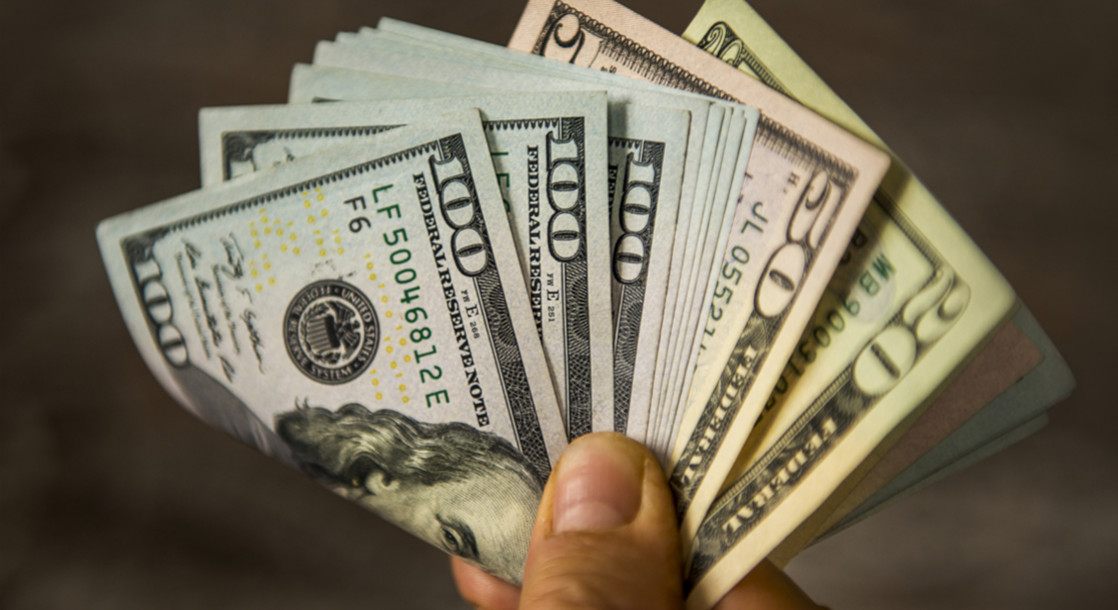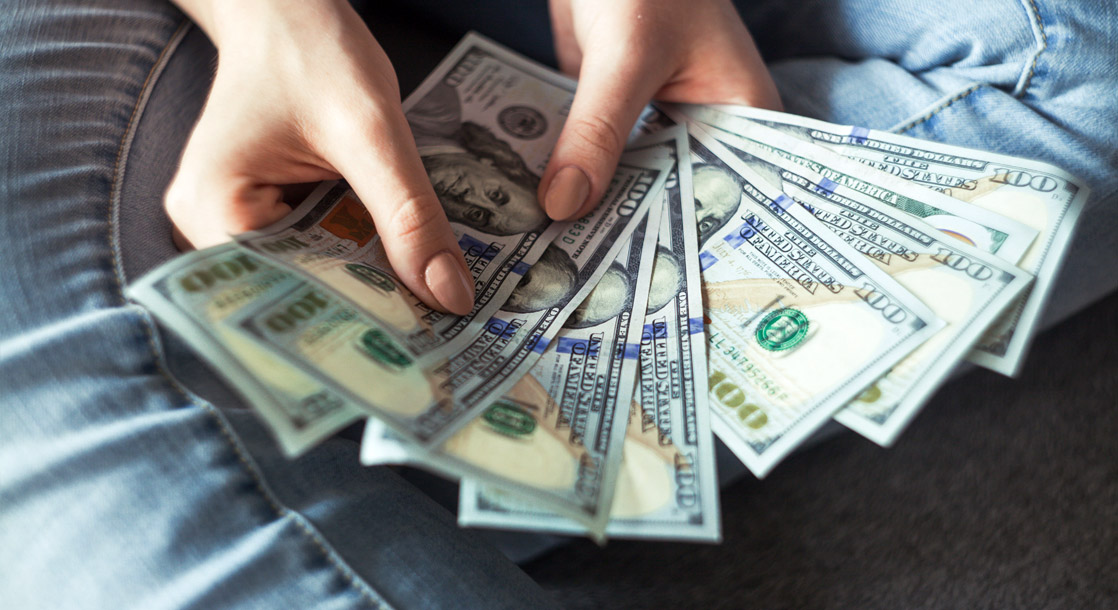Photo via iStock/ Ismailciydem
With millions upon millions of legal weed tax dollars diverted from the black market into state coffers since Colorado first legalized recreational cannabis sales in 2014, it’s tempting to extrapolate that data to a nationwide scale. If America ended federal prohibition and welcomed pot shops like liquor stores from Idaho to the Carolinas, it would only be a matter of time until ganja taxes pay for repairing public schools and potholes across the country, right?
Taking those legalization goals to their furthest possible reaches, Jeffrey Miron, director of economic studies at libertarian think tank the Cato Institute, as well as director of undergraduate studies at Harvard University’s Economics Department, published a report detailing predictions of over $100 billion in annual tax revenue and law enforcement savings if the U.S. legalized not just pot, but all currently prohibited narcotics.
First reported by Marijuana Moment, Miron’s latest financial forecasting for the Cato Institute examined data from the country’s emerging legal weed markets, projecting those trends to cover all federally scheduled substances. Replacing America’s War on Drugs with a regulated adult-use retail system, Miron estimates that local, state, and federal governments could rake in $106.7 billion in annual budget windfalls.
“Drug legalization affects various social outcomes,” Miron wrote in his report. “In the debate over marijuana legalization, academics and the media tend to focus on how legalization affects public health and criminal justice outcomes. But policymakers and scholars should also consider the fiscal effects of drug liberalization. Legalization can reduce government spending, which saves resources for other uses, and it generates tax revenue that transfers income from drug producers and consumers to public coffers.”
Miron claims that total legalization of marijuana, cocaine, heroin, MDMA, and more could bring in some $58 billion in annual tax revenue from local, state, and federal sales fees, in addition to $47 billion in total law enforcement and judiciary spending that could be spared if the prohibition on drugs was terminated.
“Although media outlets and policymakers mostly focus on marijuana, the majority of budgetary gains would likely come from legalizing heroin and cocaine,” Miron wrote.
But while Miron was largely optimistic about the prospect of scrapping the federal narcotics schedule for an open market, the Harvard money man did note that in canna-legal states, pot-related arrests have indeed decreased, but overall law enforcement spending has not followed suit. If that trend were to continue, total legalization could lead to police departments diverting their funds to other enforcement areas instead of reducing overall budgets.
Outside of potential financial redirection from police departments, Miron does not explain other real-world impacts of ending prohibition across the board, including how much of that potential tax increase would need to be spent on health or addiction services.
As the United States continues to grapple with the deadliest drug abuse epidemic in its history, and legal marijuana reform restructures our approaches to law enforcement and local finance, Miron’s predictions add a financial incentive to a concept that has typically been considered in the realm of health care and social justice. And with police departments across the country still trying to arrest their way to the end of the opioid epidemic, maybe some monetary motivation is what lawmakers on Capitol Hill need to change their tune and try a more radical tactic.
“At both the federal and state levels, government budgets would benefit enormously from drug legalization policies,” Miron concluded.











